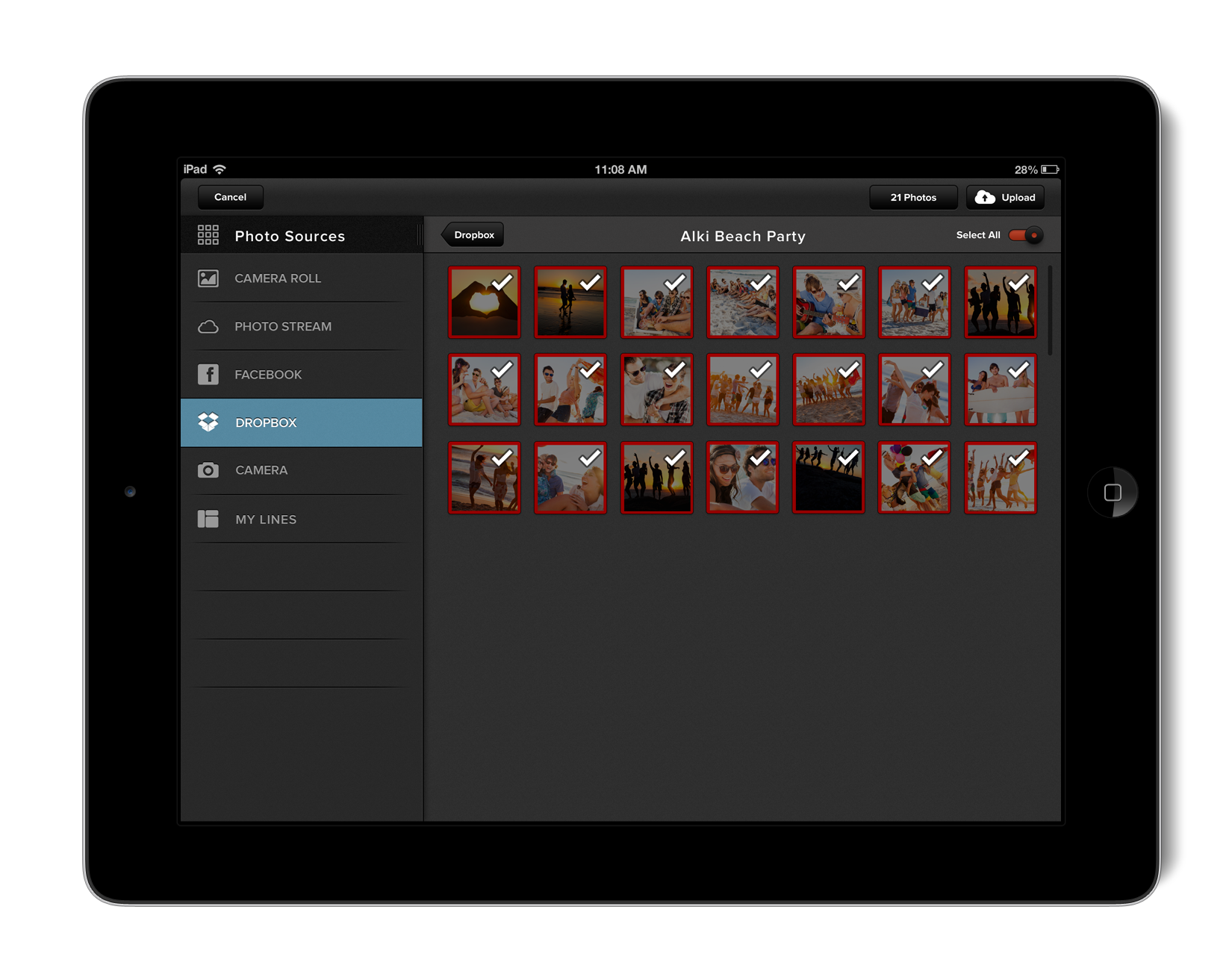 A Q&A with fanatix COO James Grigg. The London-based startup recently raised $1 million in additional Seed funding from undisclosed Angel investors. fanatix was founded in 2011 and offers a sports-focused mobile-first social network. It raised $2 million in its first round of Seed funding.
A Q&A with fanatix COO James Grigg. The London-based startup recently raised $1 million in additional Seed funding from undisclosed Angel investors. fanatix was founded in 2011 and offers a sports-focused mobile-first social network. It raised $2 million in its first round of Seed funding.
SUB: Please describe fanatix and your primary innovation.
Grigg: fanatix is a mobile app that makes it easy to discover and share sports media. The innovation that we’re bringing to the market is our Huddle technology that automatically groups like-minded individuals around content. This amplifies the virality of content by ensuring that people receiving the content are actually interested in it—leading to higher re-posts and re-shares.
SUB: Who are your target markets and users?
Grigg: Our target users are sports fans, and given the genuinely global reach of sports like soccer and basketball, our target markets are global. We’re gaining most traction in the UK, U.S., and Southeast Asia at the moment, and our users are primarily 13-to-24 year old males—younger than we may have expected.
SUB: Who do you consider to be your competition?
Grigg: There’s plenty of companies out there doing great stuff—both new and old. Established players such as the MLB are making great digital products for fans of baseball. Publishers like Bleacher Report are doing good things—the Team Stream app is a great product. There’s also a host of new players emerging all the time and doing nice stuff—Fancred, Thuuz, PlayUp—all working in a similar space.
SUB: What differentiates fanatix from the competition?
Grigg: We think fanatix is more social. As well as the discoverability element that a number of sports apps focus on, fanatix is about sharing sports content with friends and other fans. Via Huddles—group chats for sports fans—fanatix users can share opinion and content with like-minded friends and fans. Similarly, the fanatix feed keeps users up-to-date with all the sports, teams, and stars they want to follow, but also alerts them to what their friends are watching, reading, and sharing.
SUB: When was the company founded and what were the first steps you took in establishing it?
Grigg: The company in its current guise got going in mid-2011 and we had our first products out in the market at the end of that year. We started seeing traction in the summer of 2012 and have enjoyed some fantastic growth since then. Our CEO, Will Muirhead, is a relative veteran of the sports digital space, launching SportEV, provider of IP video delivery platform solutions to sports bodies such as FIFA, back in 1999.
SUB: What was the inspiration behind the idea for fanatix? Was there an ‘aha’ moment, or was the idea more gradual in developing?
Grigg: I’m not sure there was a ‘eureka’ moment as such, but I guess it all got going a couple of years ago when we realized that whenever we were watching sport on TV, we often ended up constantly on our smart phones texting pals or checking out twitter to see what people were saying about a game. We thought, “there must be a better way for fans to share the live experience,” and this led us on to building a mobile-first network to connect fans 24/7.
SUB: How did you come up with the name? What is the story behind it?
Grigg: We’re sports fans, we’re fanatical about sport and what we do—fanatix!
SUB: You recently raised an additional $1 million in Seed funding. Why was this a particularly good time to raise more funding?
Grigg: Is it ever a bad time to raise funding? Seriously, we’re seeing really solid user growth at the moment—the last few months have been great for us. This funding is about investing in people, product and platforms to keep up the momentum and keep improving the proposition.
SUB: Do you have plans to raise more funding in the near future?
Grigg: We have an extremely supportive group of Angels who have funded us to this point, but there’s always more things to do than people and time we have.
SUB: What have the most significant obstacles been so far to building the company?
Grigg: Convincing advertisers and brands that they should channel some of their social media spend away from established players such Facebook and twitter and on to a new platform is tricky. But as the numbers grow and advertisers see the demographics we have on the platform and engagement levels we have experienced, it becomes easier.
SUB: How does the company generate revenue or plan to generate revenue?
Grigg: We generate revenue from advertising. As well as conventional display advertising on the app, we’re seeing fantastic results with native advertising placements on the platform. Native advertising is a digital advertising method whereby the advertiser attempts to gain attention by providing valuable content in the context of the user’s experience. We are able to target specific groups or individuals and serve up relevant branded content that provides an engaging experience for the user. Click through rates are really encouraging.
SUB: What are your goals for fanatix over the next year or so?
Grigg: Our goal is to keep improving and keep on growing. We’re at the heart of a new and emerging space—we’re really excited that we are out there shaping and improving how sports fans get their fix in the social and mobile world.
fanatix – www.fanatix.com











